Ni-based superalloys, hitherto utilized exclusively for high temperature applications, e.g. as turbine blades in aero engines, are used to prepare heat-resistant membranes.
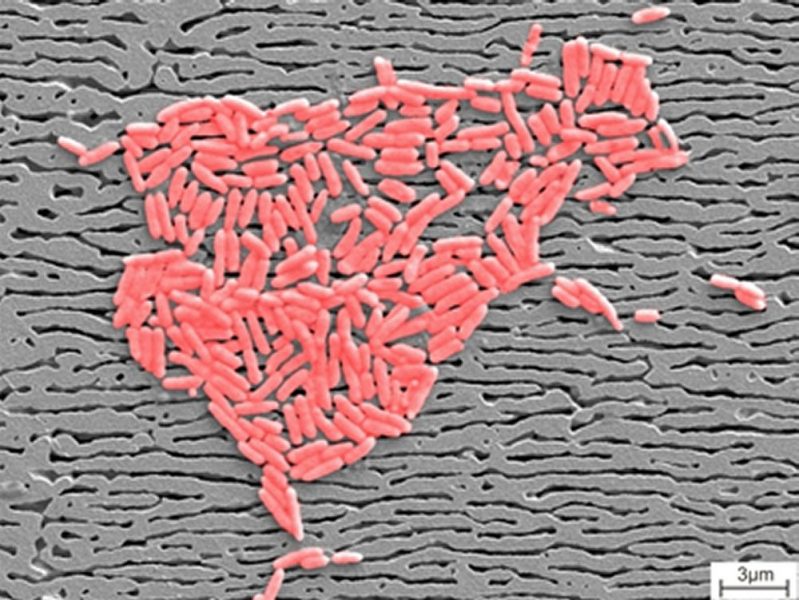

Ni-based superalloys, hitherto utilized exclusively for high temperature applications, e.g. as turbine blades in aero engines, are used to prepare heat-resistant membranes.

Ecological shifts and regime changes driven by slow ecological processes can only be revealed by long-term monitoring and analysis.
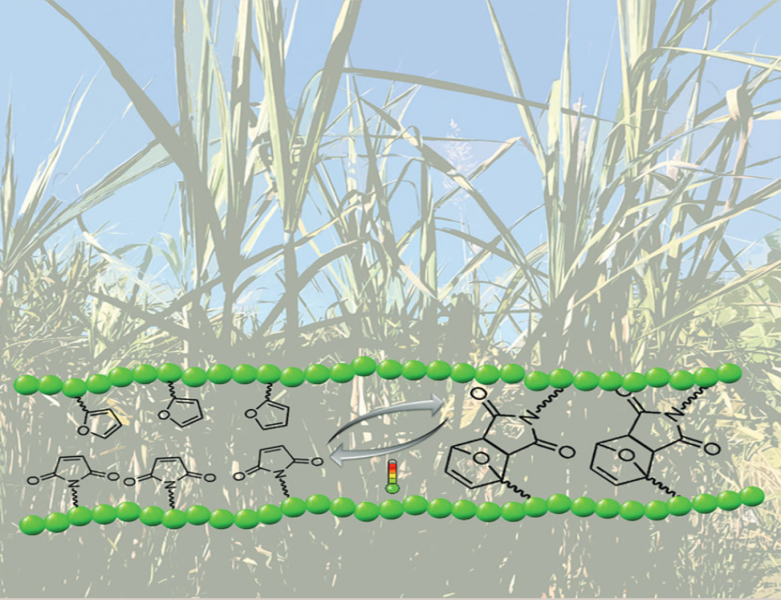
Fats and oils derived from plants, microorganisms and animals are an excellent feedstock for the “green” and renewable chemical industry.
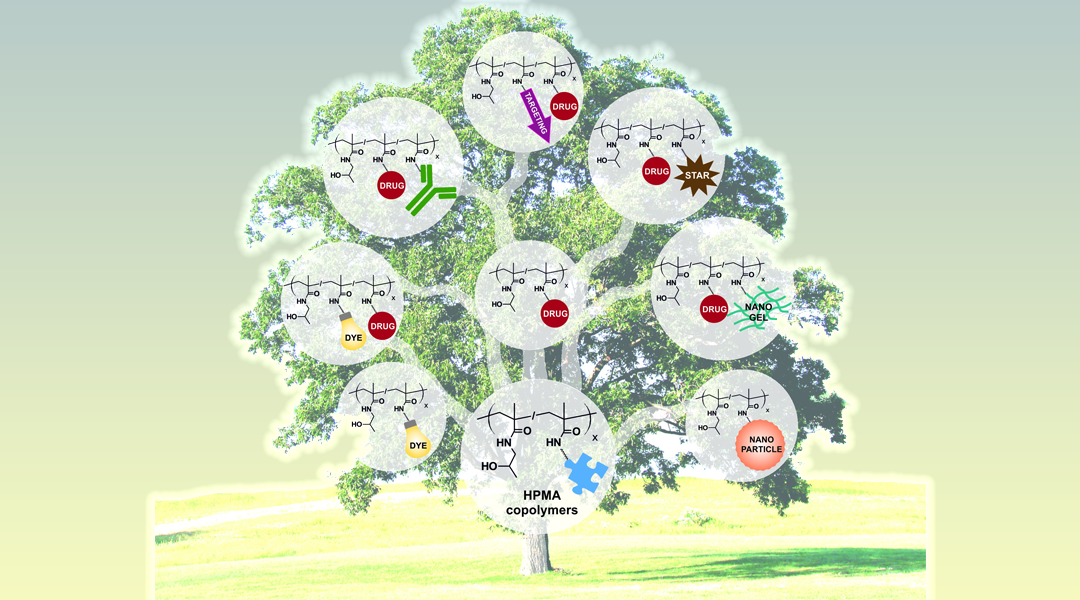
The current special issue in Macromolecular Bioscience is published on the occasion of Professor Karel Ulbrich’s 70th birthday

A team of researchers design broadband field-effect phototransistors based on molybdenum disulfide. The photodetector has the ability to detect very weak optical signals and is promising for applications in thermal imaging and sensing.
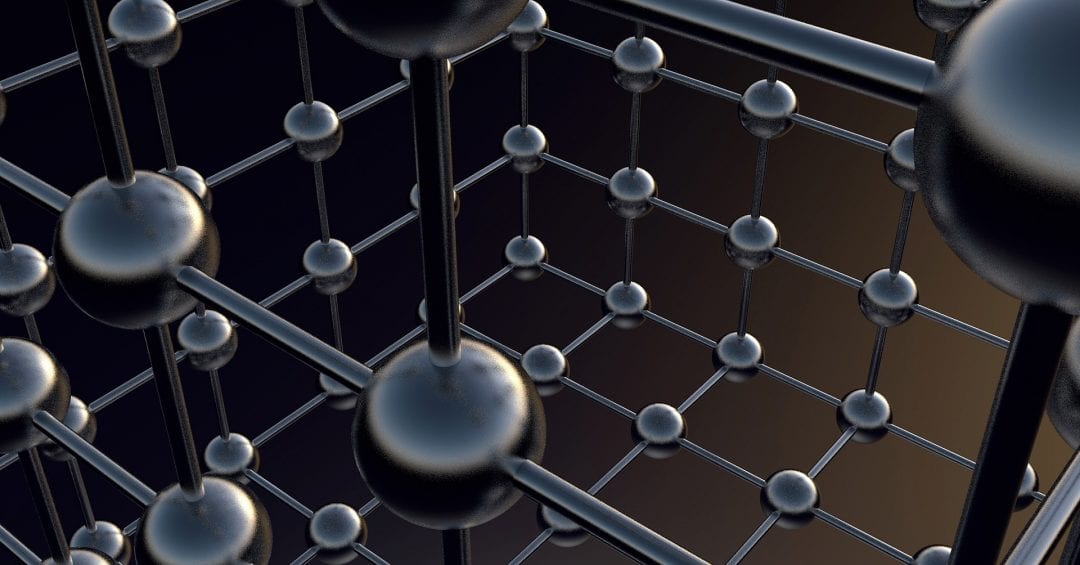
Researchers from the University of Tokyo shed light on the formation of the crystallographic structure of organometal halide perovskites.
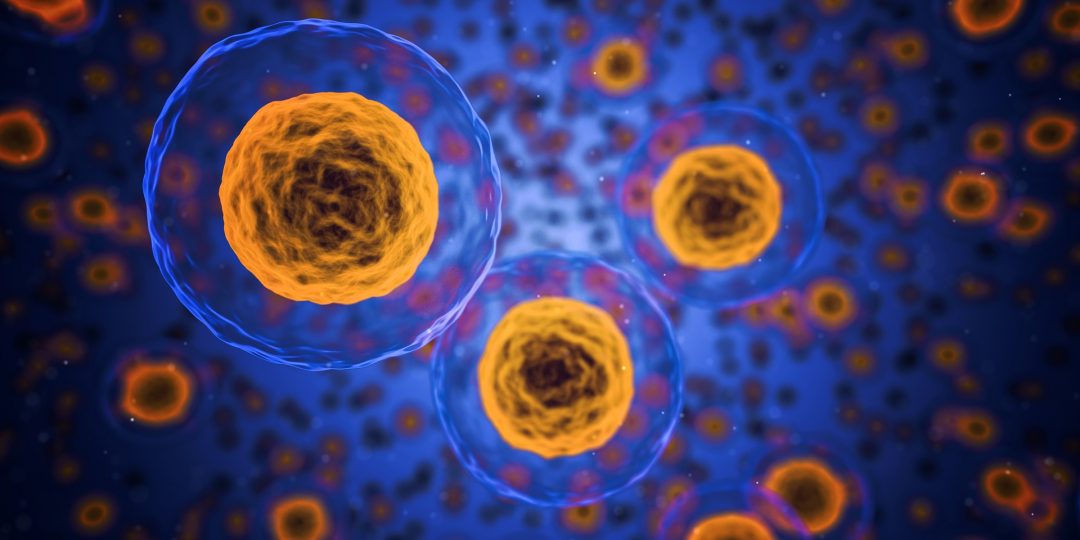
A study on the mechanisms and effects of RNA and microRNA editing on the initiation and progression of cancer.

Self-healing of a phase change memory device with a metallic surfactant layer opens up new pathways in storage class memory.

Researchers in Barcelona have proposed a new mechanism for bone repair. They hope that the work might pave the way for advances in self-healing prostheses.

An integrative approach of modeling and hydrogen-deuterium exchange helps to describe the enzyme that regulates glycogen levels in muscles and liver.